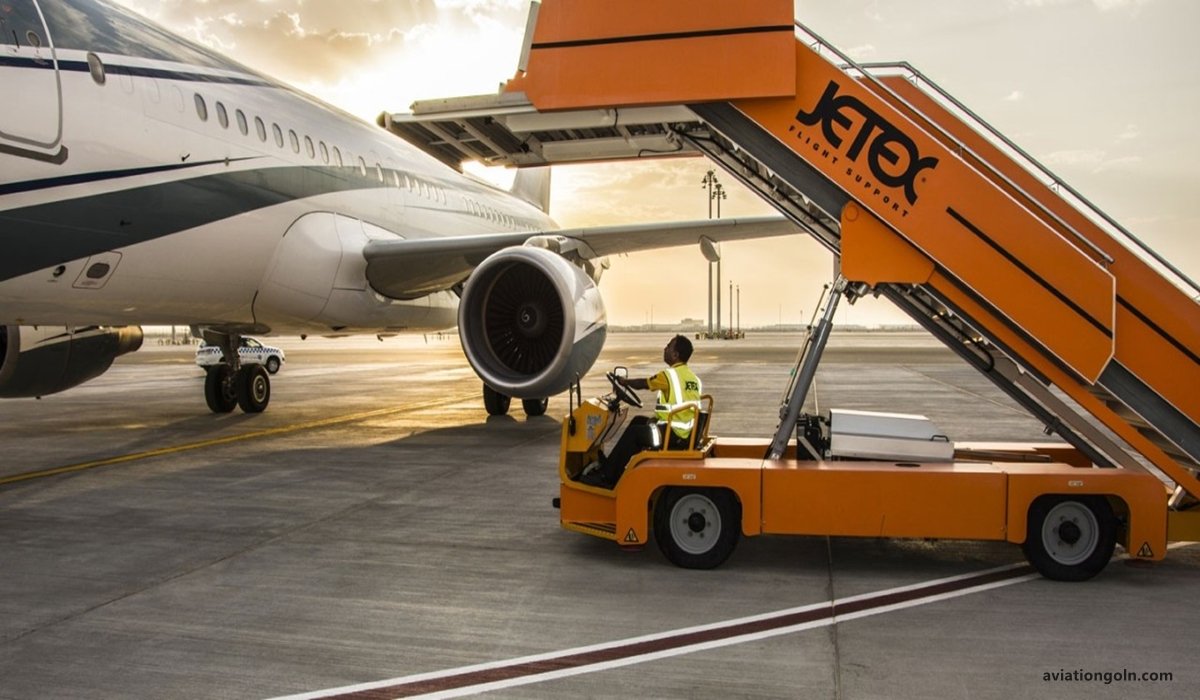Overview of the Aviation Industry: The aviation industry, one of the most dynamic and rapidly evolving sectors, plays a crucial role in facilitating global trade, tourism, and economic growth. With its intricate network of airlines, airports, aircraft manufacturers, and a slew of other service providers, it links people and businesses around the world. This article provides a comprehensive overview of the aviation industry, touching upon its history, key components, challenges, and the future prospects it holds.
Overview of the Aviation Industry

History of the Aviation Industry
The dreams of human flight go back millennia, with legends and sketches pointing to our age-old aspiration to soar the skies. The modern aviation industry began taking shape in the early 20th century.
- Pioneers of Flight (1900s – 1910s): The Wright brothers, Orville and Wilbur, are credited with the world’s first powered, controlled flight in 1903. Their pioneering efforts paved the way for others to experiment with and enhance aeronautical designs.
- Golden Age of Aviation (1920s – 1930s): As planes became safer and more reliable, the number of airlines and routes increased. This period witnessed the creation of passenger and mail routes across continents, with airlines like Pan American and Imperial Airways leading the way.
- Jet Age (1950s – 1960s): The introduction of jet engines, beginning with the De Havilland Comet and then the Boeing 707, transformed commercial aviation. Jets could fly faster and higher, reducing travel times and opening the door to mass air travel.
- Deregulation and Expansion (1970s – 2000s): Many governments deregulated their aviation industries, allowing for increased competition, reduced fares, and a boom in passenger numbers. The rise of low-cost carriers further democratized air travel.

Key Components of the Aviation Industry
- Airlines: These are the carriers that transport passengers and cargo. They can be categorized into full-service carriers (e.g., Emirates, Delta), low-cost carriers (e.g., Southwest, Ryanair), and cargo carriers (e.g., FedEx, UPS).
- Aircraft Manufacturers: Companies like Boeing, Airbus, and Embraer design and build aircraft. They are supported by a vast network of suppliers providing everything from engines to in-flight entertainment systems.
- Airports: Serving as hubs for airlines, airports facilitate the movement of passengers and cargo. Major hubs include Hartsfield-Jackson Atlanta International Airport, Beijing Capital International Airport, and Dubai International Airport.
- Air Traffic Control (ATC): This system, managed by regulatory bodies in various countries, ensures safe and organized movement of aircraft in the skies and on the ground.
- Support Services: Ground handling, maintenance, repair, and overhaul (MRO) services, catering, and other support services play crucial roles in daily operations.

Challenges Facing the Aviation Industry
- Economic Factors: Fluctuating fuel prices, labor disputes, and economic recessions can have significant impacts on profitability.
- Environmental Concerns: Aviation contributes to about 2-3% of global carbon emissions. There’s increasing pressure to reduce its carbon footprint, leading to research in sustainable fuels and more efficient aircraft designs.
- Safety and Security: Ensuring the safety and security of passengers and cargo remains paramount. Incidents, whether accidental or malicious, can have significant repercussions.

- Infrastructure: Many major airports are operating near or at capacity. The demand for new or expanded infrastructure is evident, yet funding and planning can be significant challenges.
- Technological Disruptions: The rise of drones, the possibility of urban air mobility solutions, and advancements in artificial intelligence are reshaping the landscape.

The Future of the Aviation Industry
- Sustainable Aviation: The push for greener aviation solutions will continue, with electric and hybrid aircraft, sustainable aviation fuels, and increased operational efficiency.
- Personal Air Mobility: With companies like EHang and Uber Elevate, the dream of urban skies filled with personal air vehicles may soon become a reality.
- Digital Transformation: Enhanced passenger experiences through biometrics, AI-driven customer service, and predictive maintenance are on the horizon.
- Space Travel: Companies like SpaceX and Blue Origin are setting their sights beyond our atmosphere, heralding a new era of commercial space travel.

In conclusion, the aviation industry has come a long way since the Wright brothers’ first flight. With its ups and downs, it continues to evolve, driven by technological advancements and changing consumer demands. As we look to the future, the sky is not the limit; it’s just the beginning.
